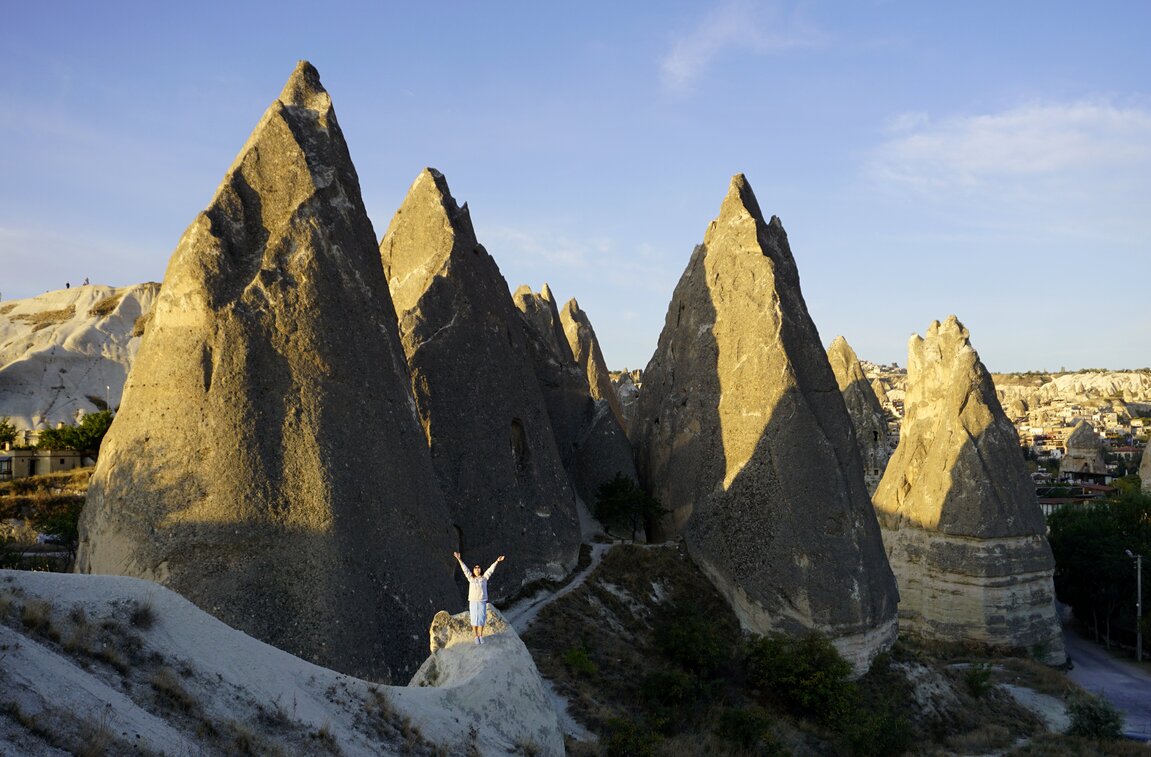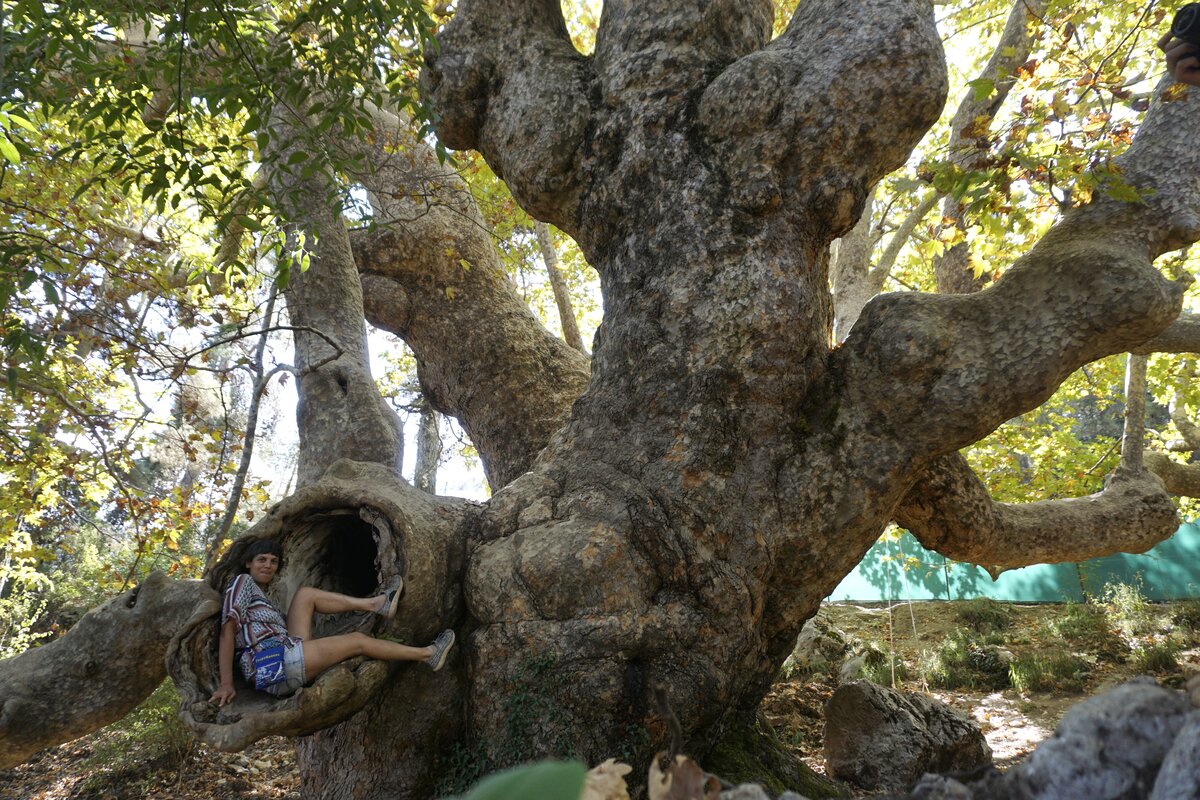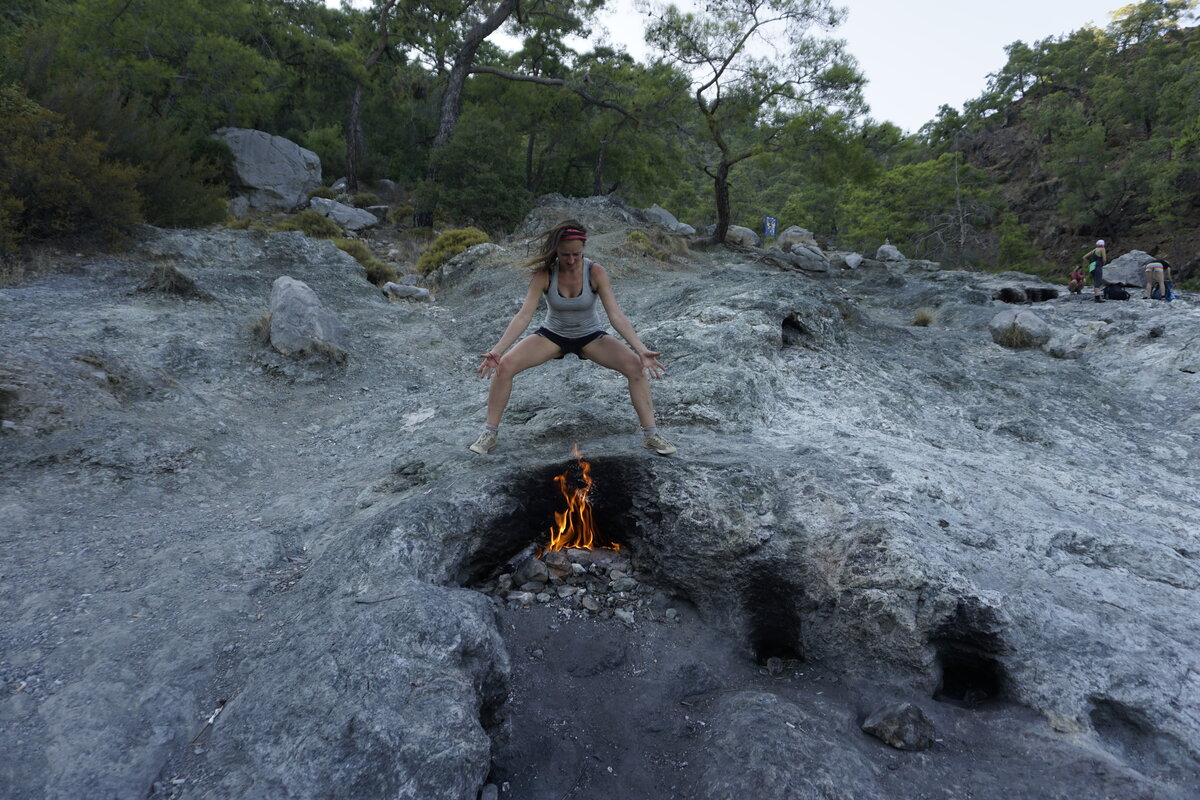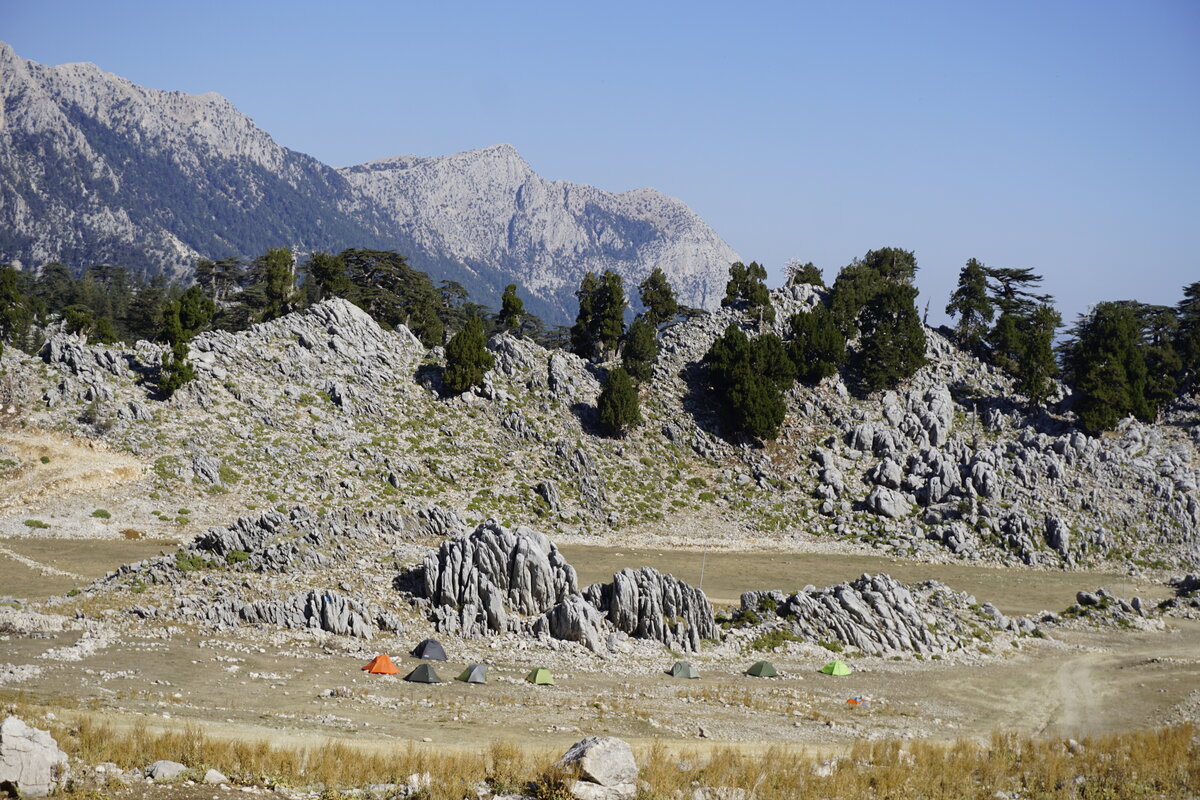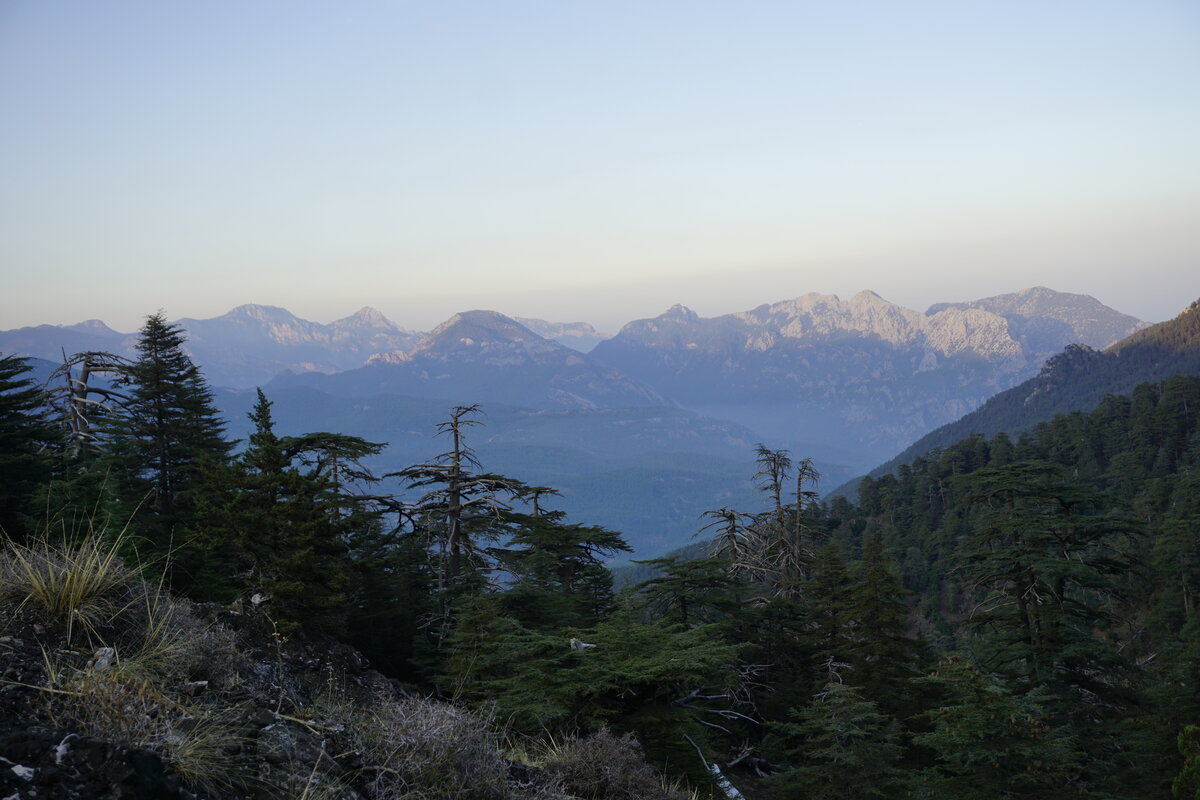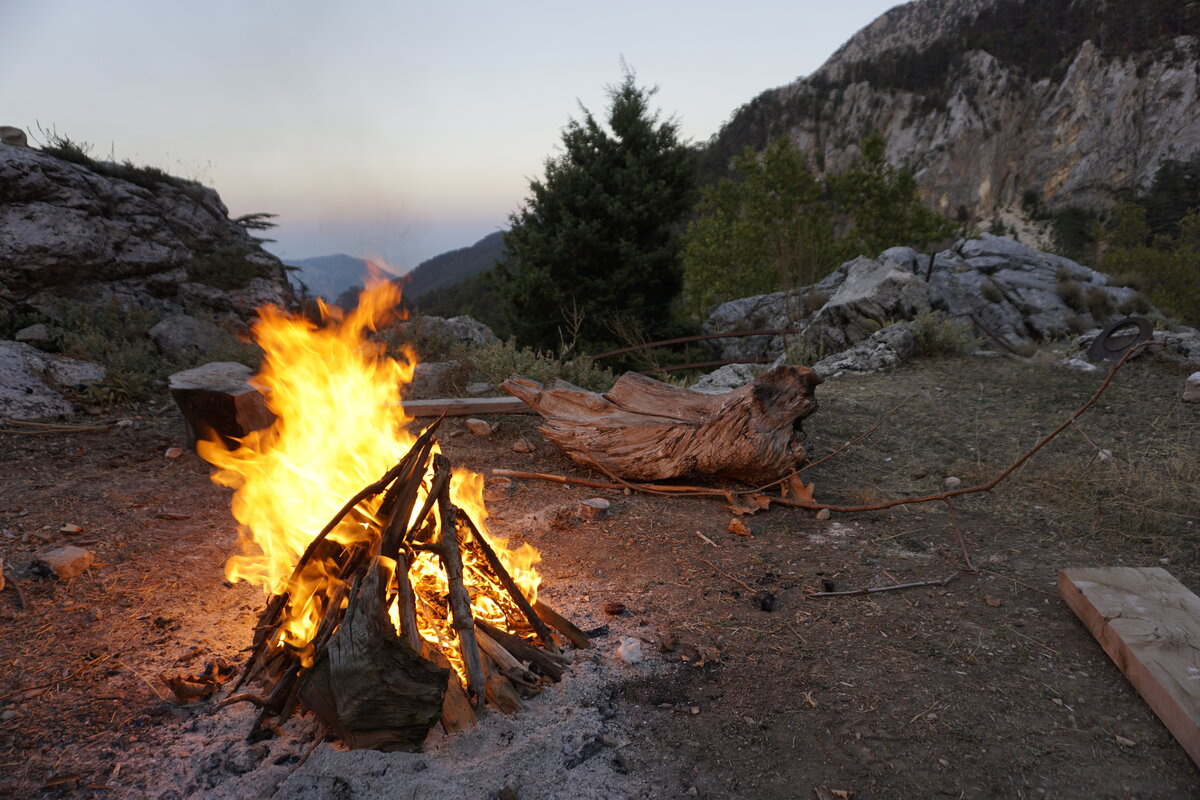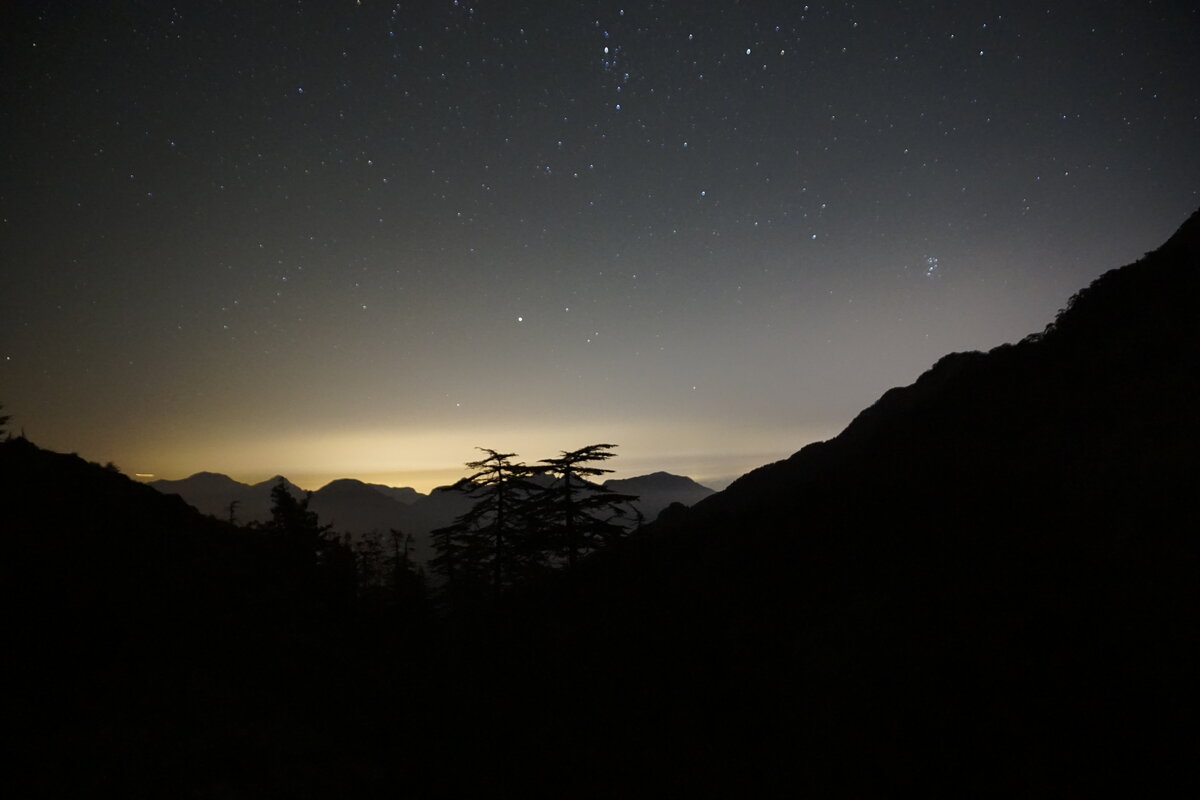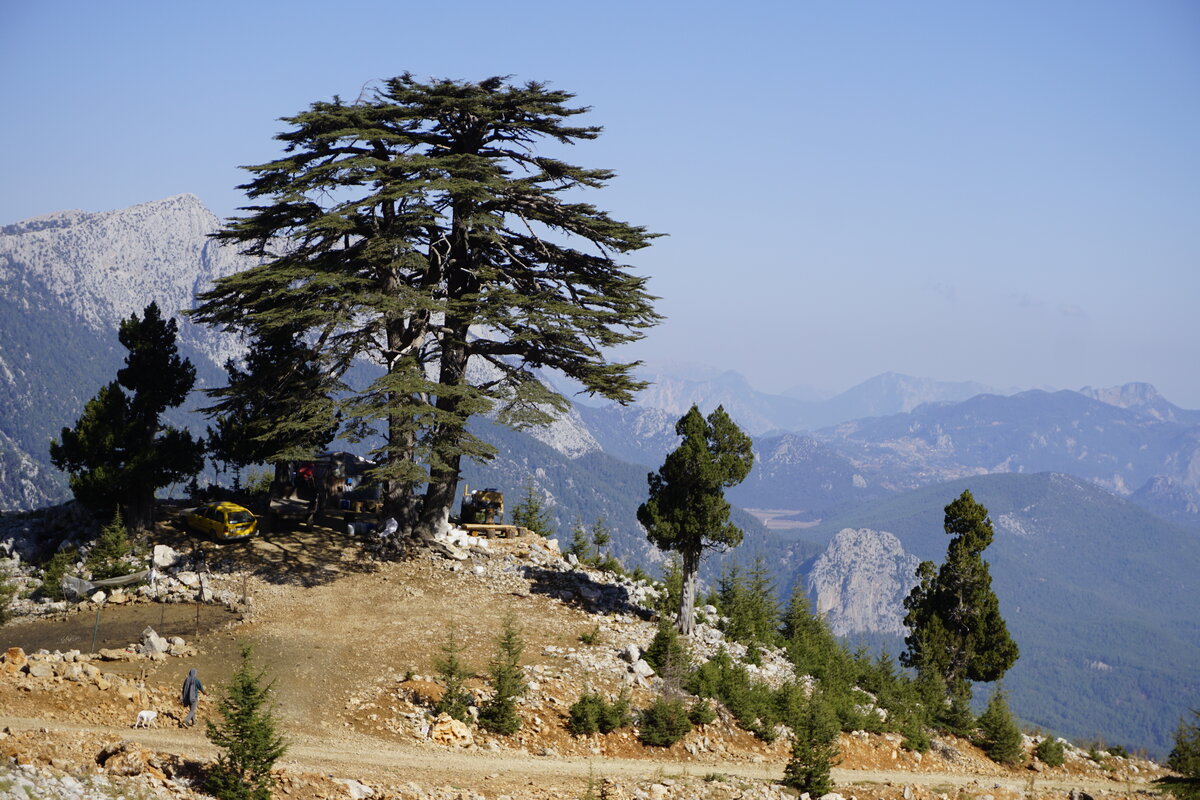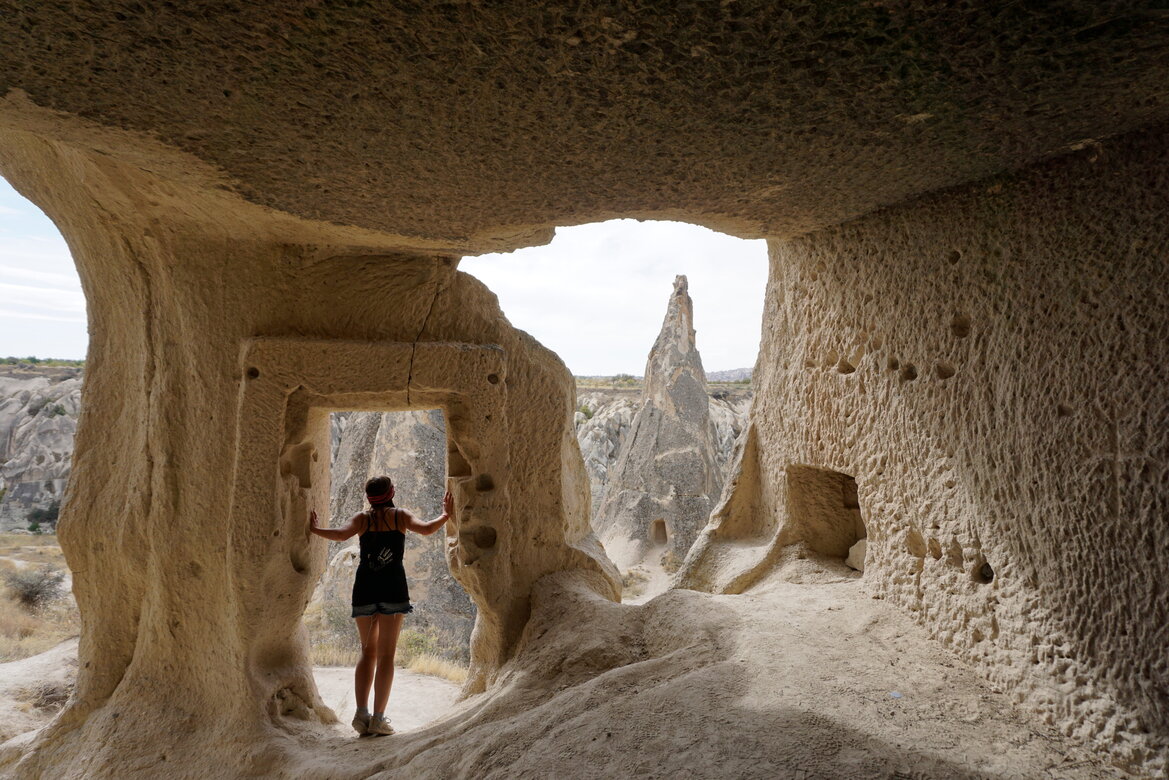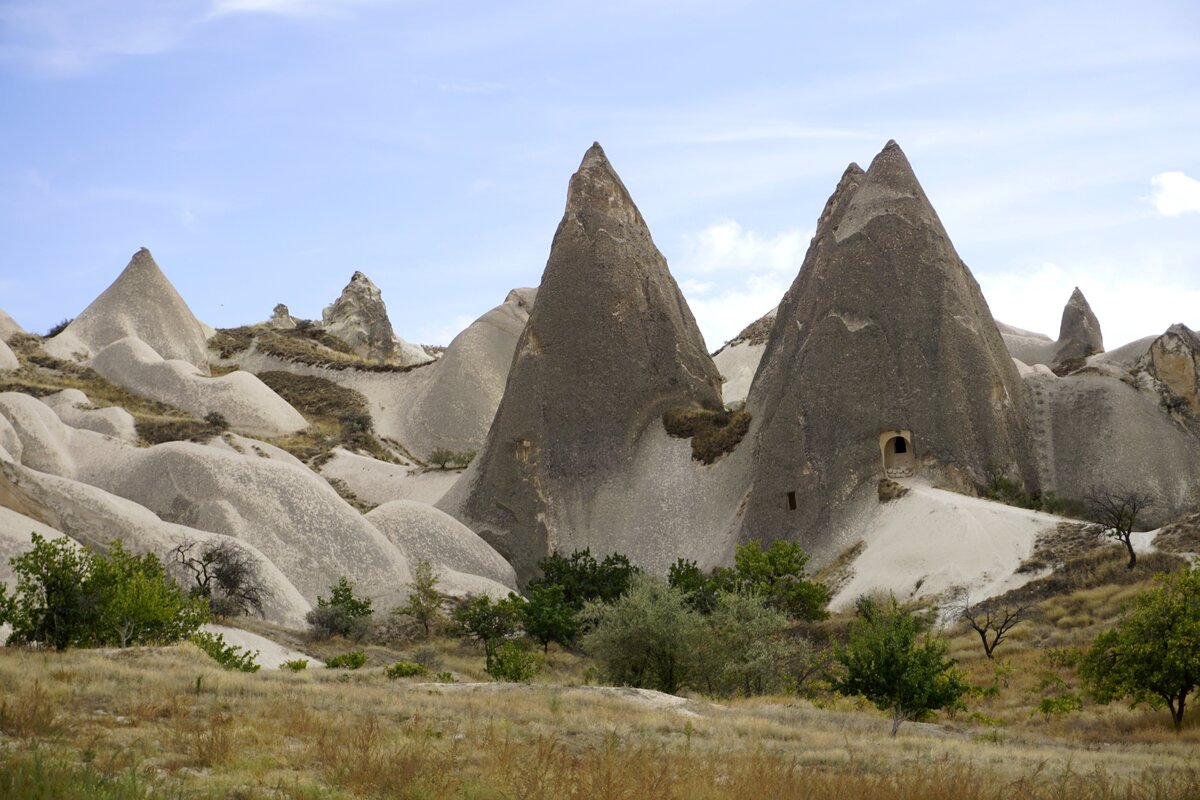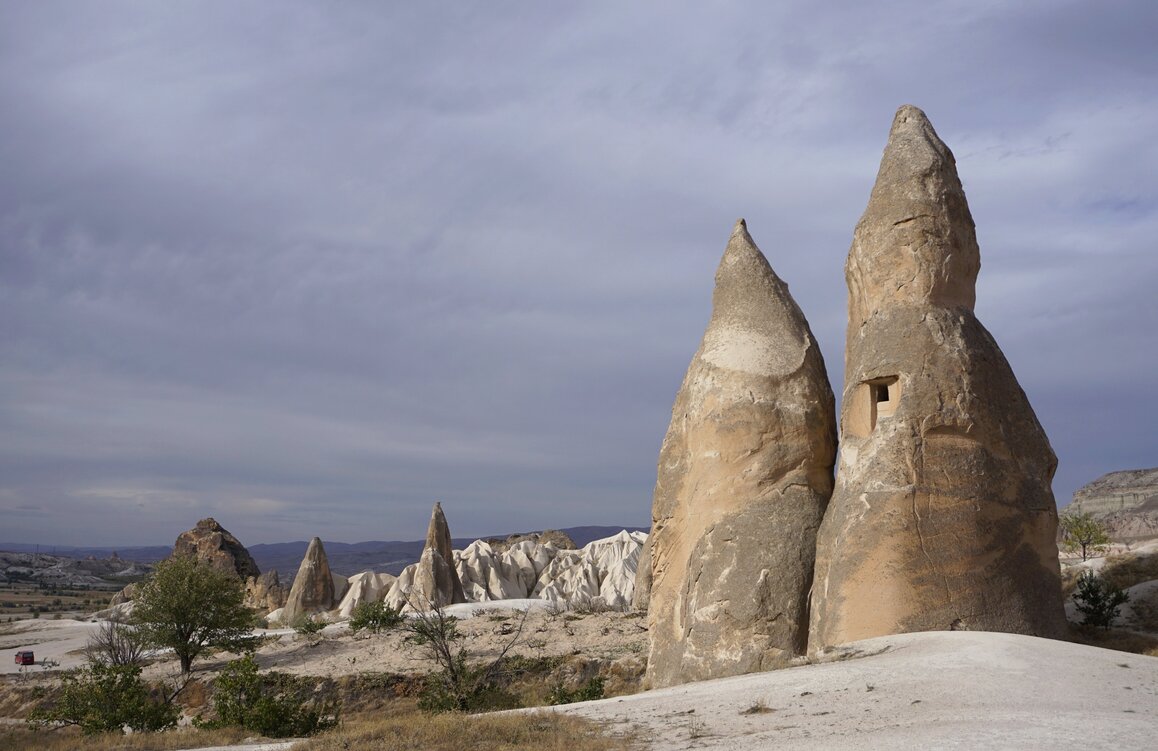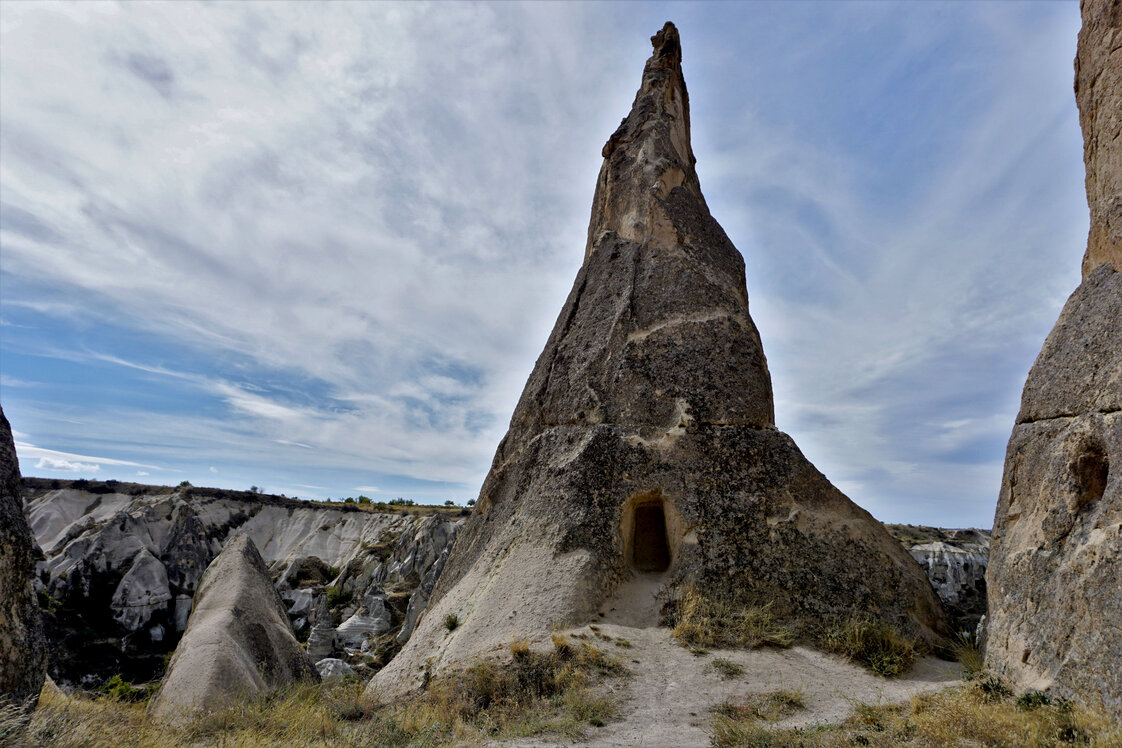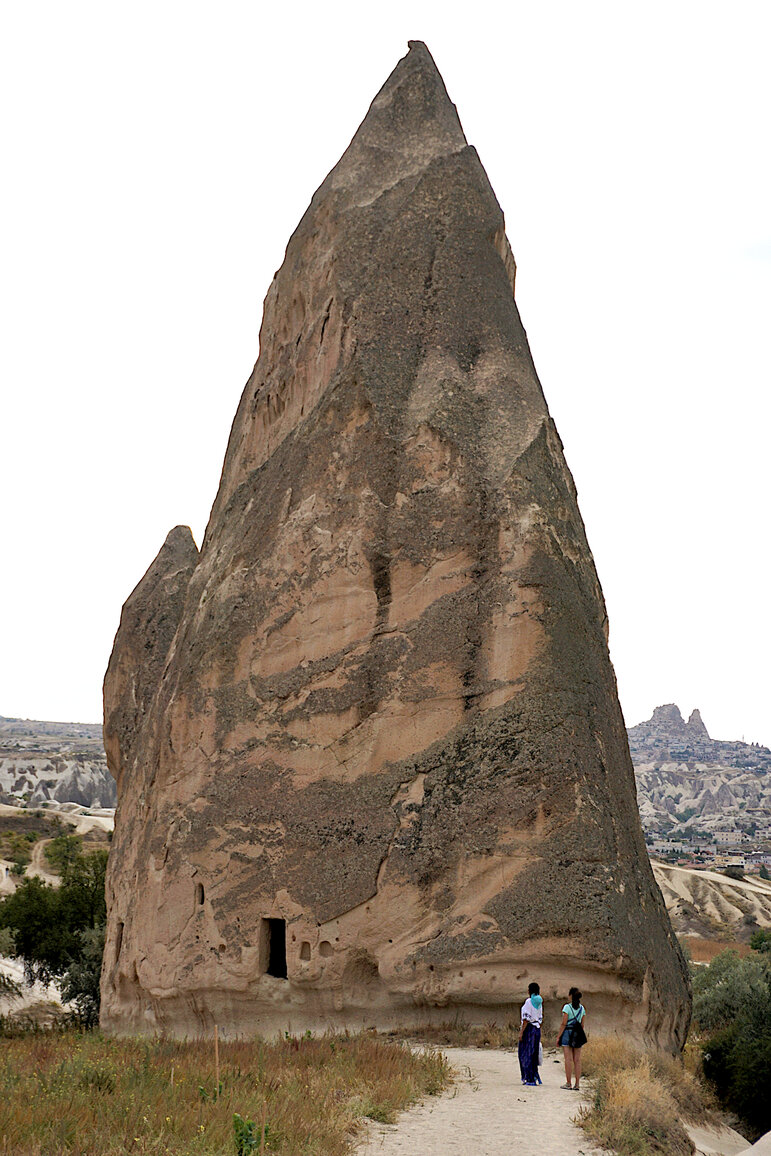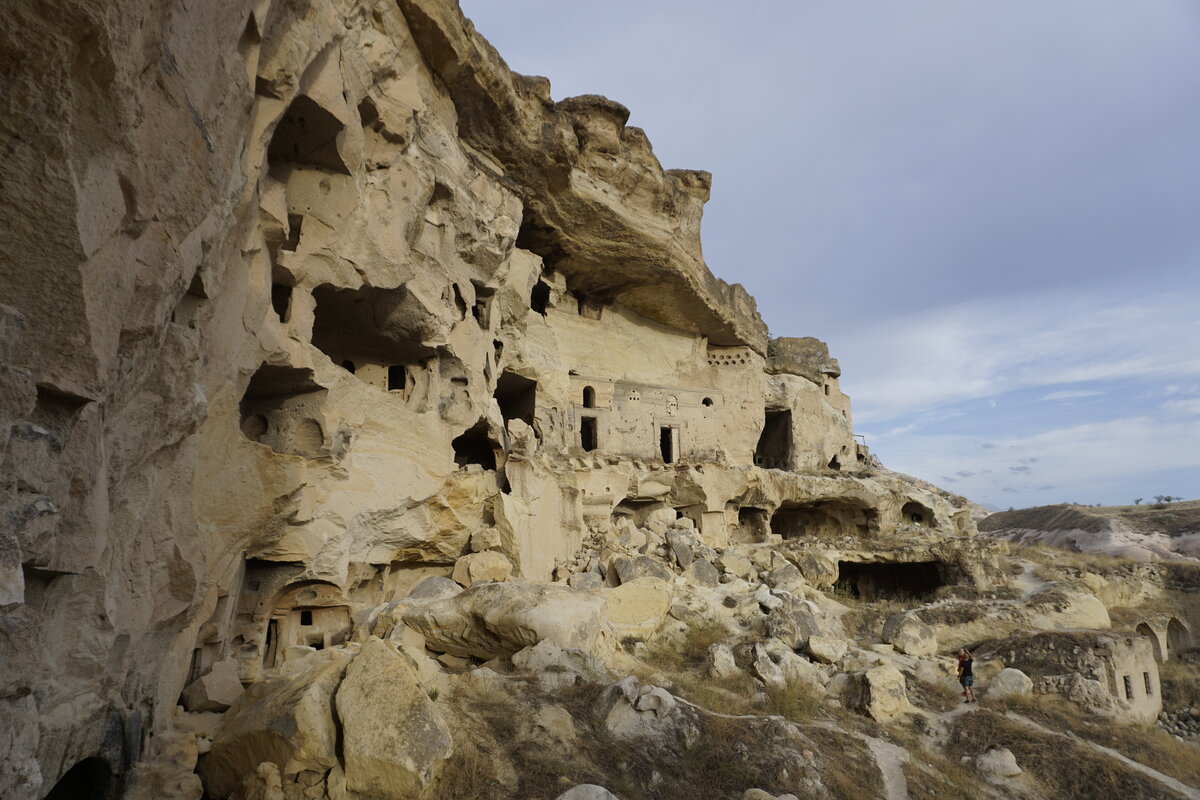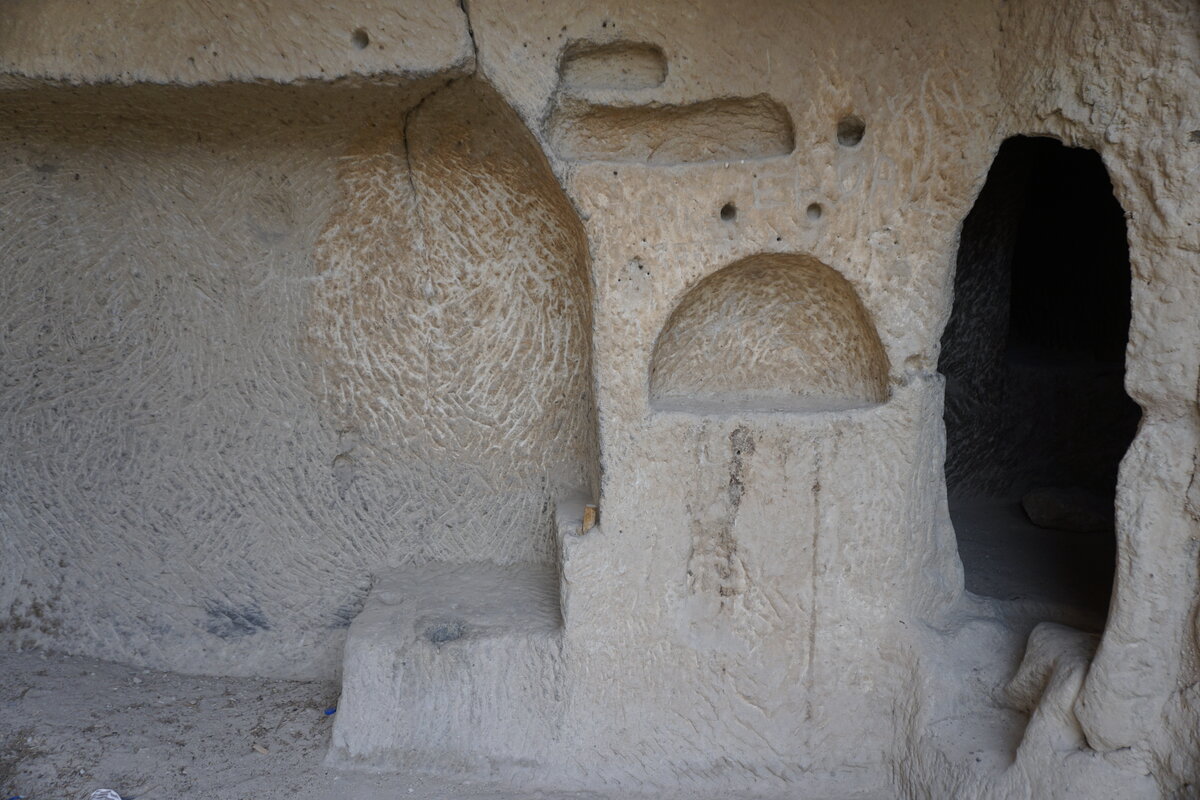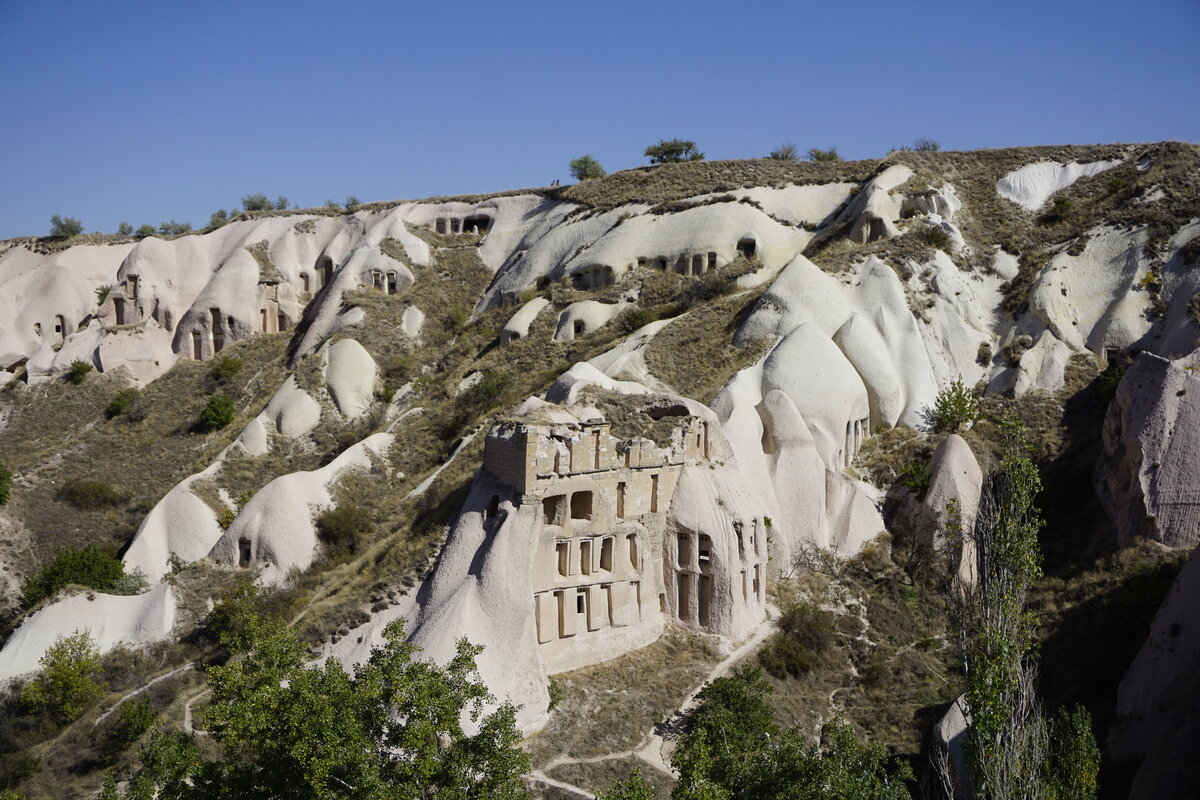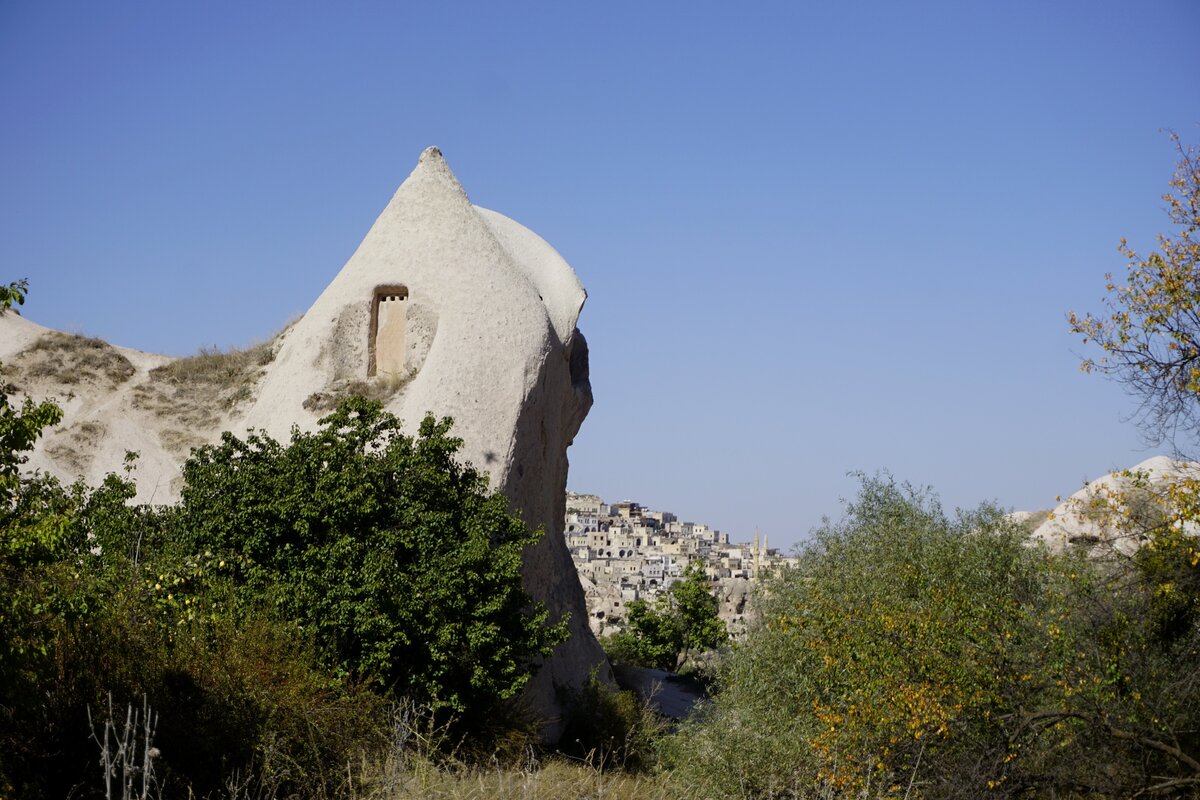Trekking in Turkey
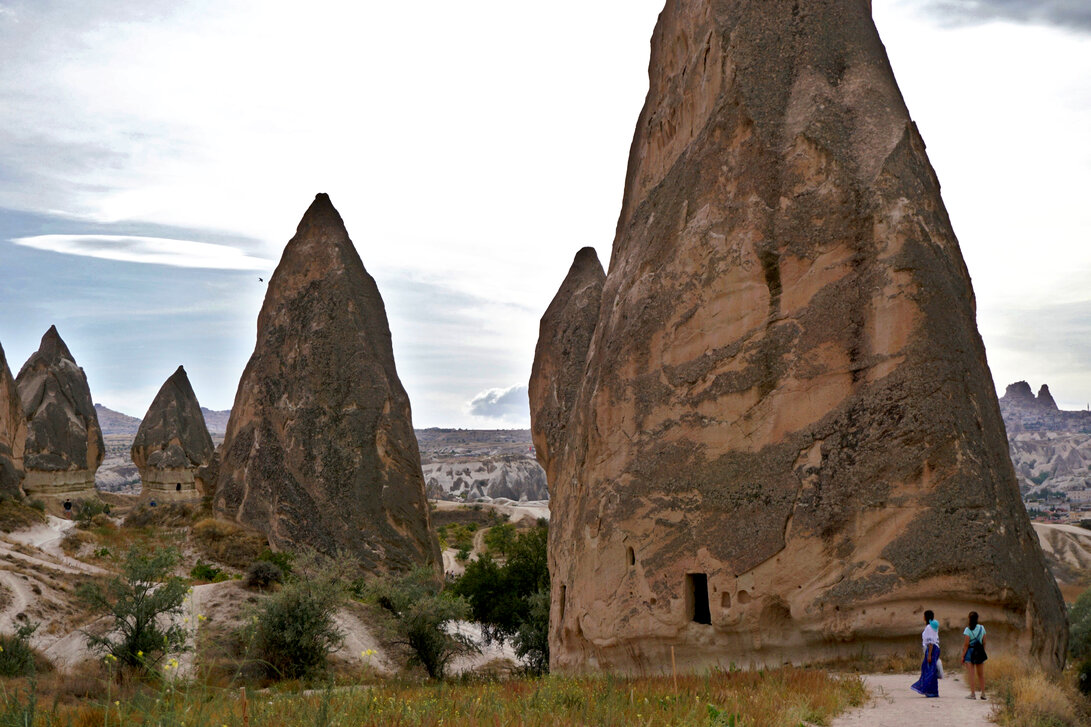
While I was in Bristol this past summer, my friends from Syberia Top (the guys I used to hike with in Russia) called me up and asked if I wanted to join them for a two week “gig” hiking in Turkey. They were planning on taking a group on a 100km trek along the Lycian Way in the south of Turkey and then doing a “photo tour” in Cappadocia. They said they needed my help translating between Russian and English and helping out with things like cooking, taking photos, and making sure that nobody gets lost :). Since this trip was planned for September 28th- October 11th (just two days after I could legally re-enter Spain), and Syberia Top offered to pay for everything, including my flights from the UK to Turkey and Turkey to Spain, I couldn’t really refuse this trip :). Since I have so few savings left, I basically need to take any job I get offered.
So on September 28th I got off the big jet plane in Antalya, Turkey, and basically got straight to hiking with this group of about 15 Russian people.
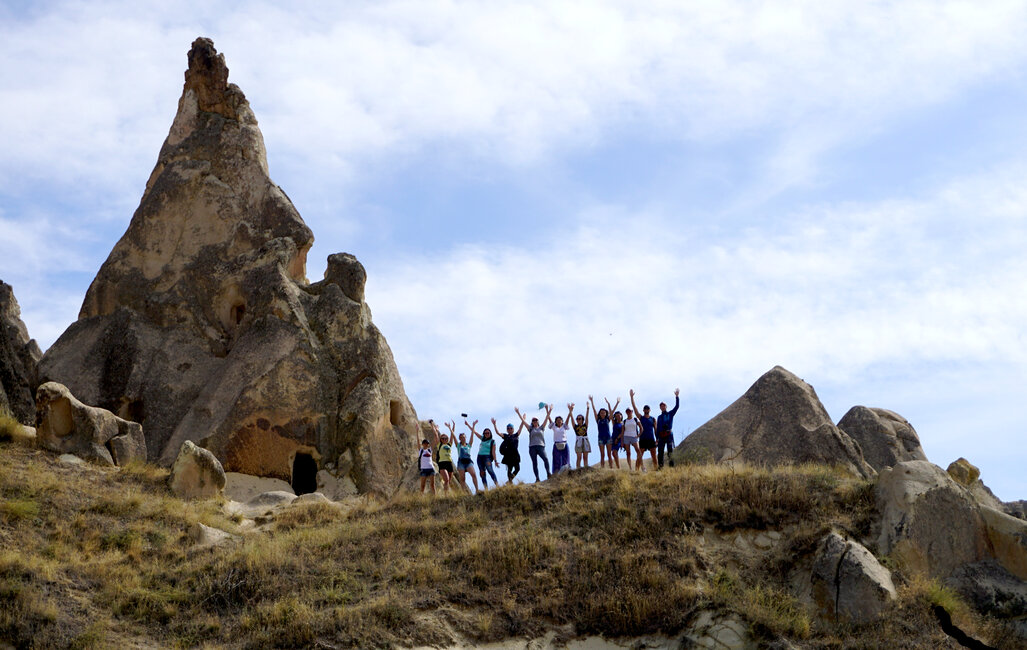
We weaved up and down the mountains of the southern Turkish coast, walked through white rocky canyons and glanced out past the steep, tree-lined cliffs along the Lycian Way.
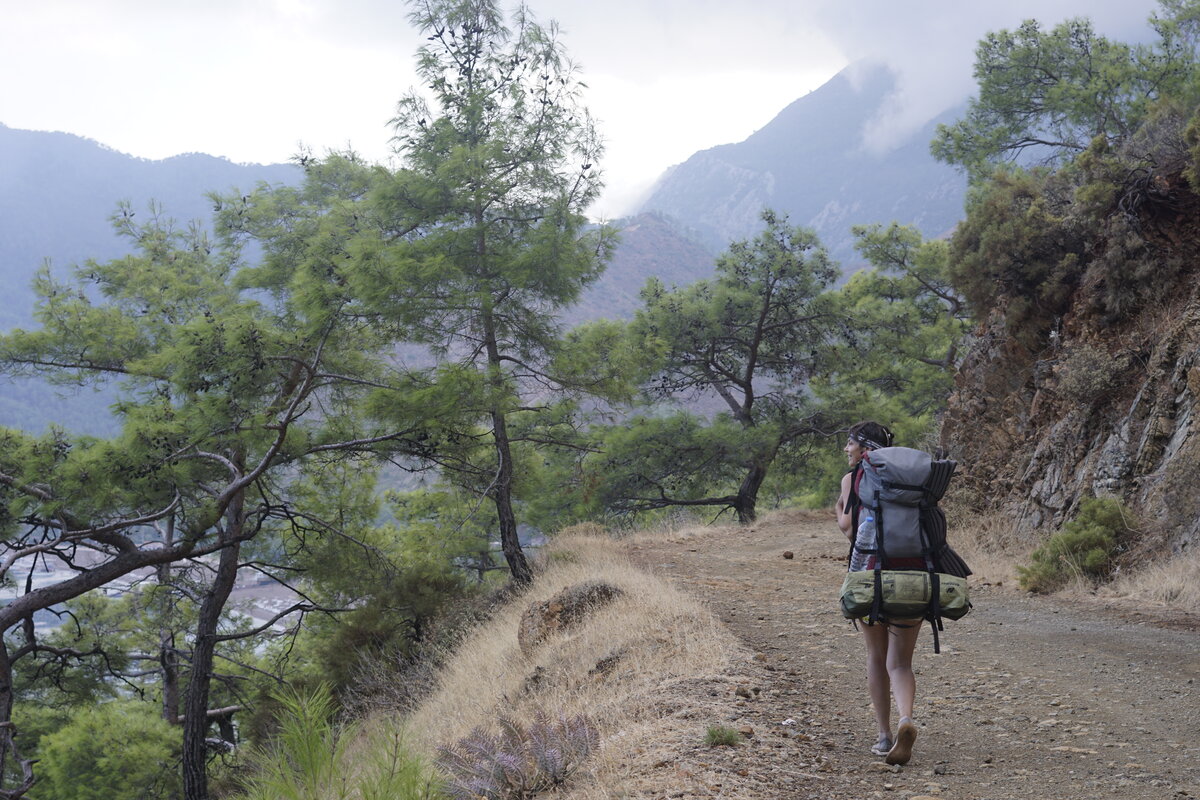
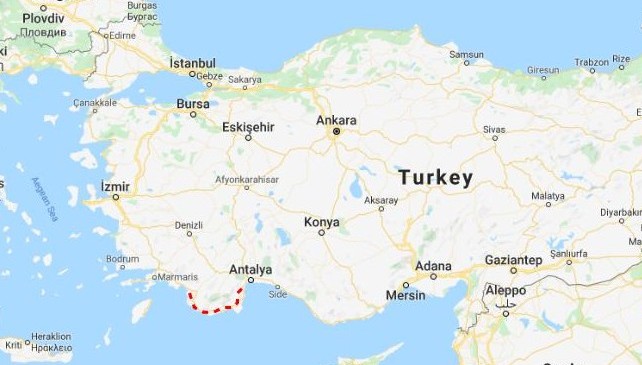
The Lycian Way is a nice trek that goes into the mountains and along the coast, passing by a few interesting sights such as a gigantic 600 year-old plane tree, Yanartaş (a fascinating rocky slope with dozens of constantly burning natural fires), and ancient ruins. The entire trek is about 540km long, so we only did a small portion of it.
The Lycian Way also passes through vineyards, pomegranate and apple gardens, small Turkish villages, and what seemed like a few people’s backyards :).
This was nice because it allowed us to come in contact with some very friendly Turkish villagers and take a rest at their little cafes and fresh juice shacks. So after every few hours or so of hiking, we were rewarded with fresh pomegranate juice, figs, apples, or grapes. This was convenient (or so I thought) not only because of the fresh fruit, but also because a lot of these shacks and cafes happened to have free WiFi.
I was used to taking people hiking in Siberia, where we never had phone service, let alone WiFi in the wilderness, but along the Lycian Way, we rarely spent a day without an internet connection. As a result, I got to witness the powerful effect that the internet (or more specifically, Instagram) had on “vacationers”.
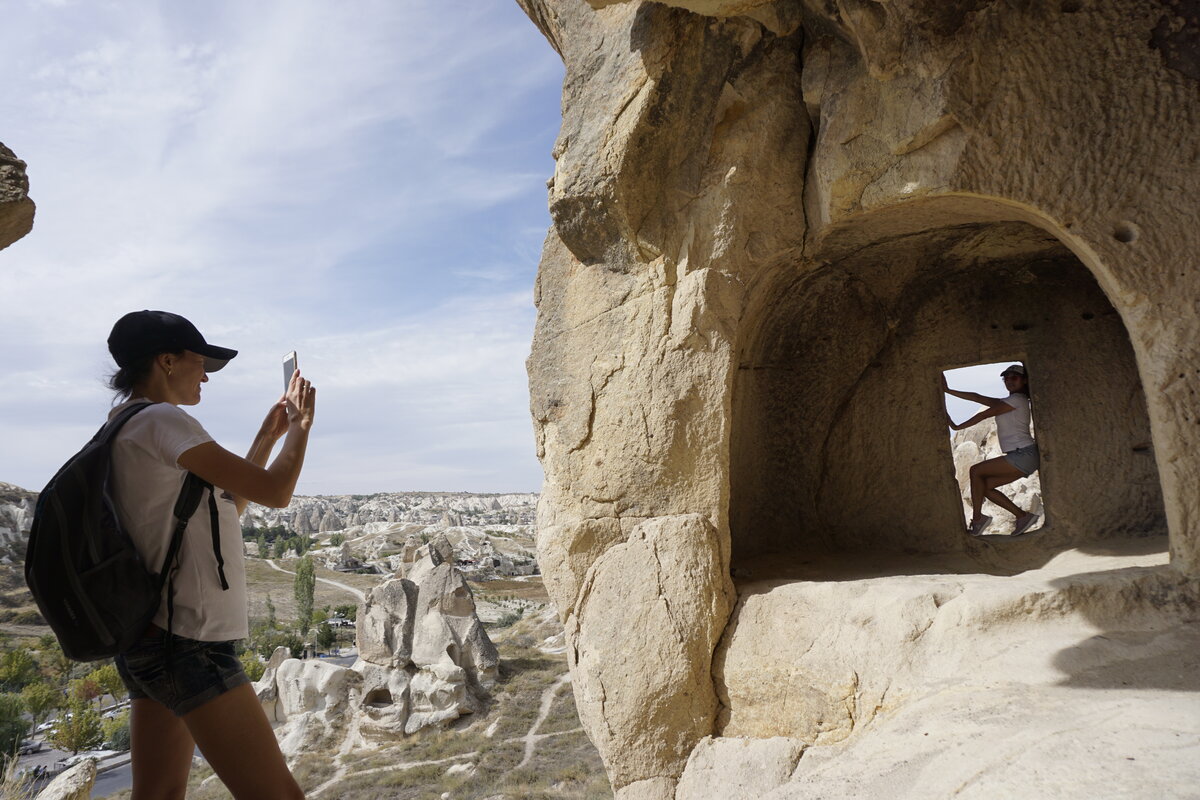
You see, back in Siberia, I noticed that most people we took hiking were a bit obsessed with having photos taken of themselves, but I wasn’t too concerned about this obsession because I didn’t feel like it took over our entire hiking experience. We’d hike to a beautiful spot, enjoy the view, take a bunch of photos, hike some more, etc. We had time to enjoy the view and the present moment even while dedicating some time to photos. But in Turkey, I noticed an entirely new dimension to this photo obsession.
People were no longer just taking photos of pretty sights or special moments, now, because of Instagram “stories”, they felt the need to record absolutely everything they did! And when I say everything, I really mean everything.
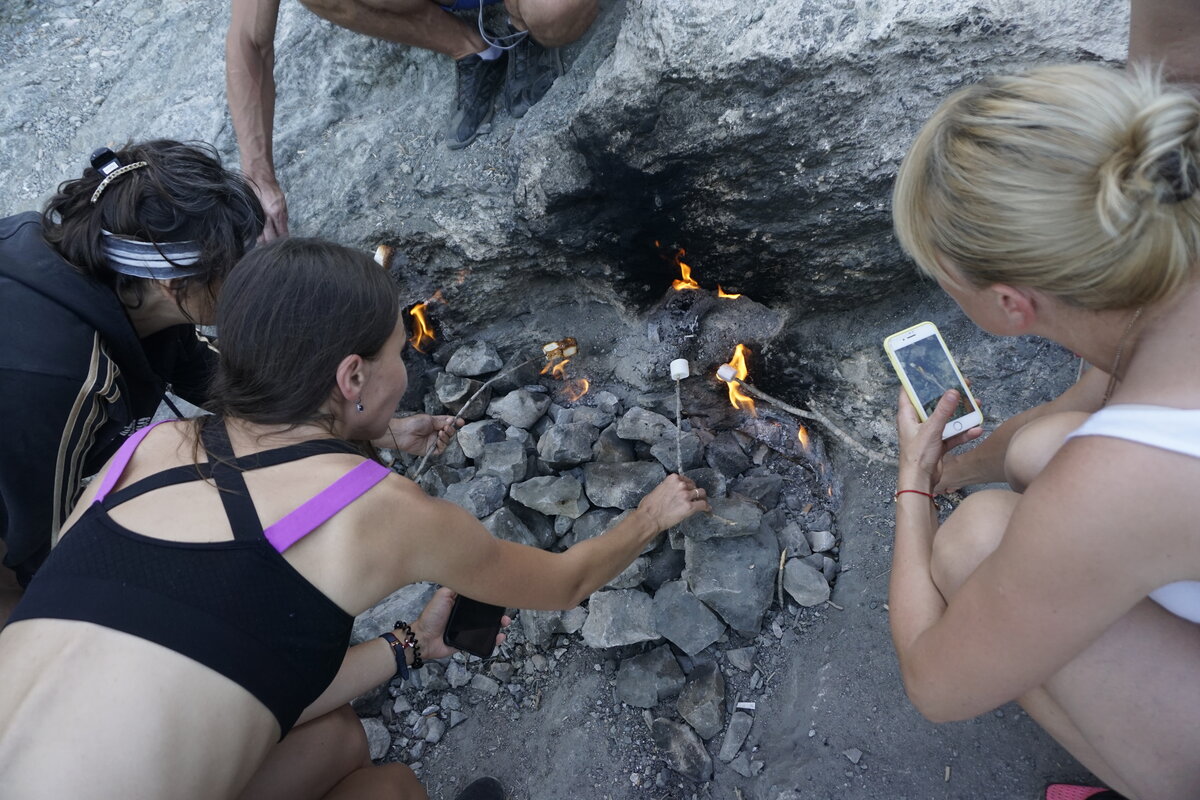
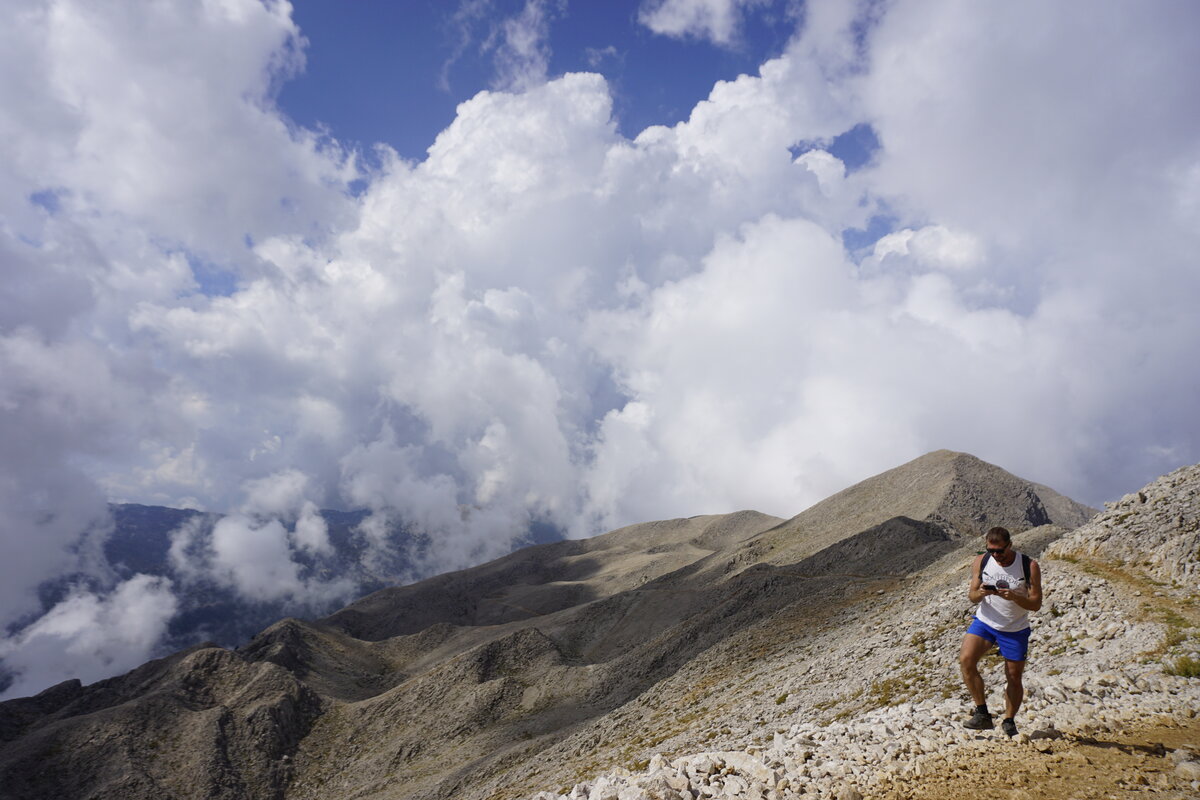
I noticed people filming absolutely everything, almost everywhere we went, and anytime we reached a particularly beautiful spot, everybody kind of photo-freaked. Their immediate reaction was to pose and get as many photos of themselves as possible. That seemed to be the goal.
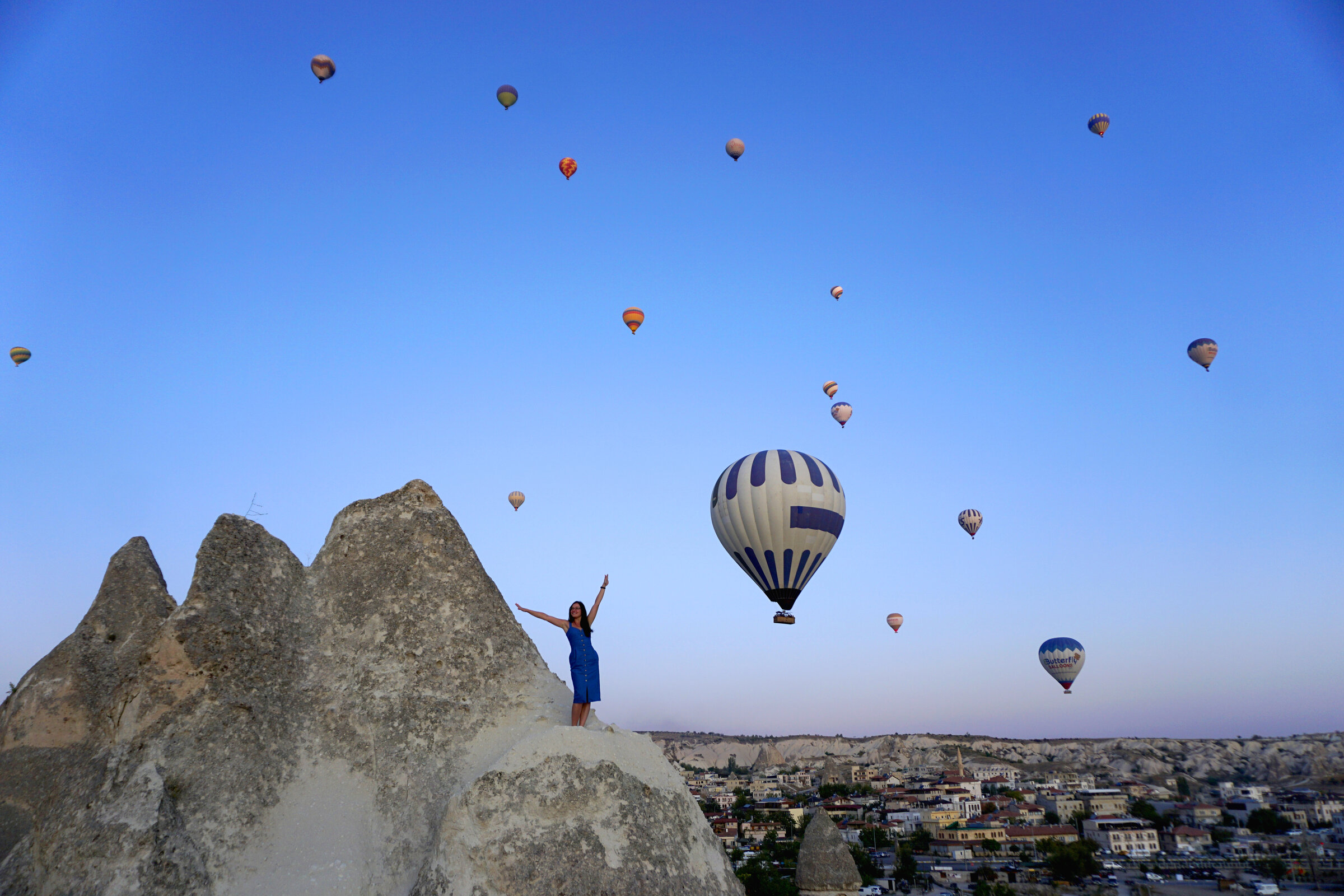
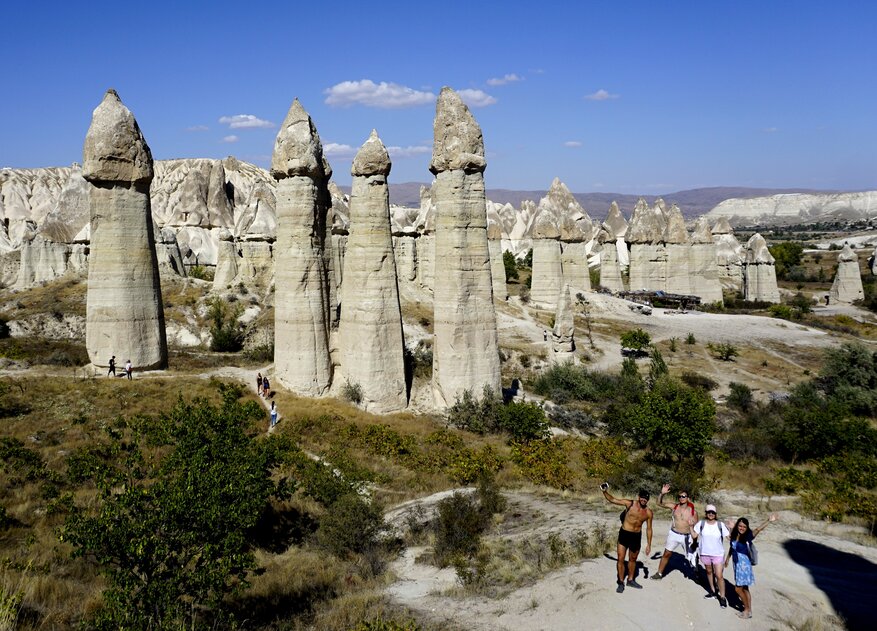
Cappadocia’s famous mushroom shaped caps are a result of a tougher layer of basalt that formed over the tuff. Since basalt erodes slower than tuff, unique shapes were formed through weathering.
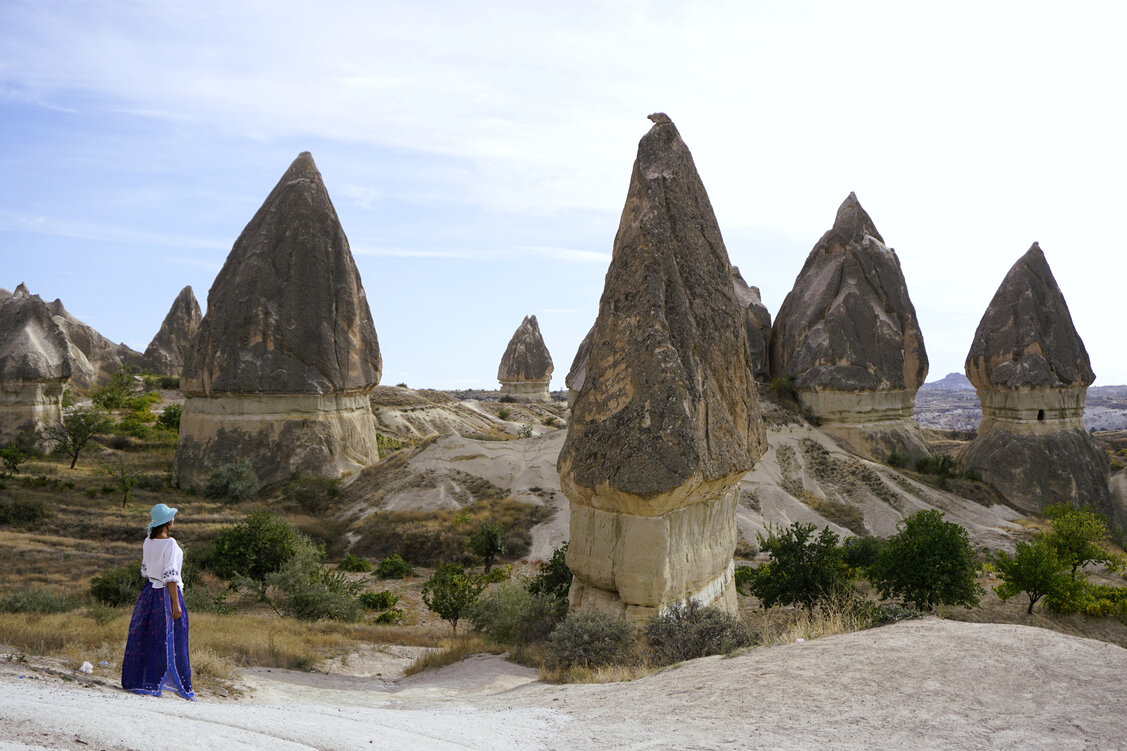
During the Roman period, prosecuted Christians fled to Cappadocia and soon realized that these unique domes and pillars were very malleable. They built homes, churches, stables and storehouses by carving into the rock, so some of these giant penises also have doors and windows :D Underground cities were also carved out and used as hide-outs for up to 20,000 people.
